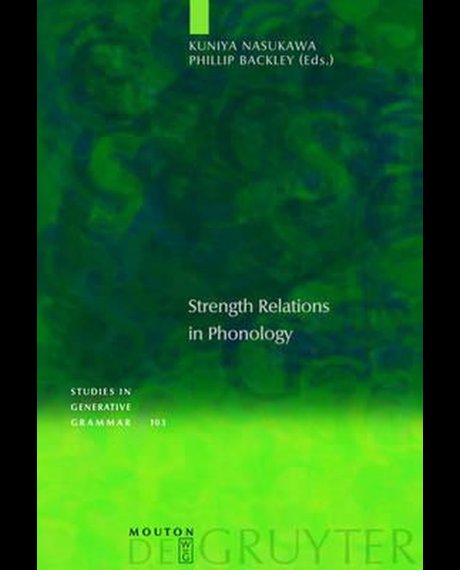Strength Relations in Phonology
Strength Relations in Phonology
€ 137,88
This collection of papers focuses on the general theme of phonological strength, bringing together current work being undertaken in a variety of leading theoretical frameworks. Its aim is to show how referring directly to strength relations can facilitate explanation in different parts of the phonological grammar. The papers introduce illuminating data from a wide range of languages including English, Dutch, German, Greek, Japanese, Bambara, Yuhup, Nivkh, Sesotho and other Bantu systems, demonstrating how strength differences are central to the analysis of phonological patterning not only in well-documented cases of segmental asymmetry but also in other areas of description including language acquisition, pitch accent patterns and tonal phenomena. All of the contributors agree on the need for a phonological (as opposed to a phonetic) approach to the question of strength differences, and show how a strength-based analysis may proceed in various theoretical models including Dependency Phonology, Government Phonology, Strict CV Phonology and Optimality Theory. Many of the papers develop a structural account of their data, in which strength relations are understood to reflect asymmetric licensing relations holding between units in representations. The volume provides a snapshot of current thinking on the question of strength in phonology. The range of language data and theoretical contexts it explores give a clear indication that phonological strength acts as a common thread to unite a range of apparently unrelated patterns and processes.
| Prijs | Verzendkosten | Totaal | |
|---|---|---|---|
€ 137,88 | € 0,00 | € 137,88 |
Alternatieve producten
© 2016 - 2024 aanbiedingchecker

